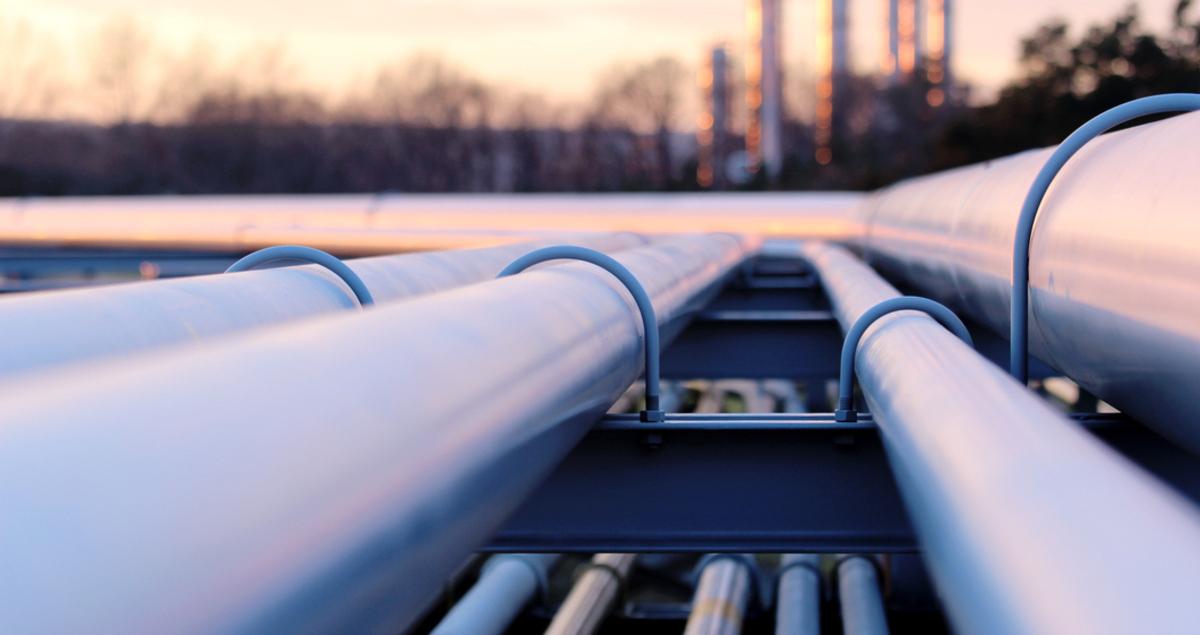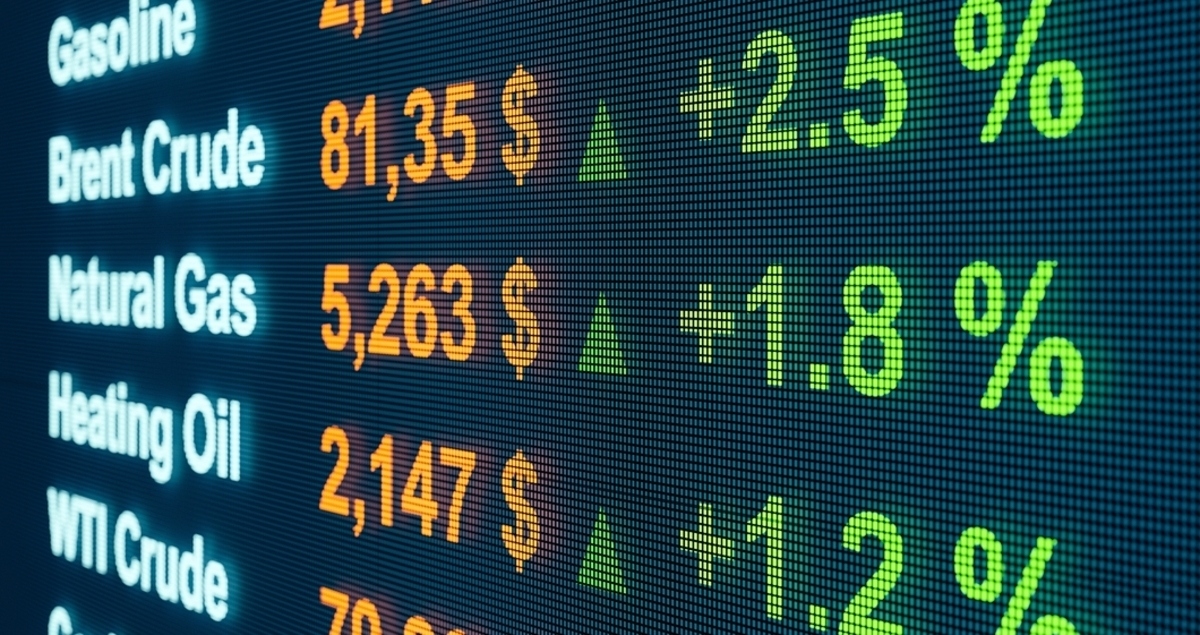Ensuring a green transition that works for all

With the world facing a return to electricity generated by natural gas and coal since European – and global – gas prices skyrocketed last year, affecting daily lives, it has become clear that the energy transition is far more complicated than simply turning off fossil fuels and switching on renewables. It requires a balancing act between decarbonizing the power sector and ensuring secure and stable energy supplies for the world’s growing population.
Getting that balance wrong could disrupt billions of lives and prevent improvements in living standards around the world, with people in developing nations hardest hit.
Climate change represents one of the greatest challenges facing our world and requires urgent and sustained action, particularly from the energy sector. Yet governments need to ensure that clean energy transitions are people-centred and inclusive, the International Energy Agency’s (IEA) “Net Zero by 2050” roadmap says, noting that emissions reductions have to go hand-in-hand with efforts to ensure energy access for all by 2030.
Energy price volatility
The natural gas shortages and fossil fuel price spikes of 2021 underline the importance of ensuring a stable, realistic and incremental energy transition.
Rapid adoption of renewables such as wind and solar in many parts of the world, alongside the shelving of some fossil fuel assets, helped drive last year’s energy price volatility. A combination of lower-than-expected renewable yields and reduced backup generation capacity contributed to the mismatch between supply and demand.

“The panic is a reminder that modern life needs abundant energy: without it, bills become unaffordable, homes freeze and businesses stall,” according to The Economist.
The article points to inadequate investment in renewables and the transition away from fossil fuels needed to navigate a smooth path to net zero emissions by 2050. It’s a situation that could lead to more supply and price shocks, potentially turning public opinion against sustainable energy and stalling change.
Real world challenges
Soaring energy bills, power outages and hardship create a storm that most people in developed economies can weather. But the impact is greater for many in developing nations, where energy disruption threatens not only livelihoods, but lives.
Across Africa, almost 600 million people live without access to electricity and many regions with power suffer regular outages and high energy costs, according to UN figures. It’s a situation that holds back economic development. Meanwhile, fossil fuels supply much of Africa’s electricity demand and this situation looks set to continue throughout the next decade.
“Solving this energy trilemma — providing more reliable energy to more people, keeping that energy affordable, and reducing reliance on carbon-emitting energy sources at the same time — will open a path for industrial development and prosperity in the decades to come,” says Kentaro Hosomi, Chief Regional Officer for Europe, Middle East and Africa at Mitsubishi Heavy Industries (MHI) Group.For some countries, their economic growth, energy security and price stability rest on retaining some existing energy infrastructure to mitigate intermittent renewable generation and avoid blackouts.
The IEA’s “Net Zero by 2050” report foresees fossil fuels accounting for a fifth of the global energy mix by mid-century. Scaled-up technologies like carbon dioxide capture, utilization and storage (CCUS) and alternative fuels such as hydrogen and ammonia are set to play a key role in decarbonizing fossil fuel assets.
Some energy investors see low-carbon solutions as a way to wean the world off its dependence on fossil fuels, but recognize the role these fuels must play as the world moves toward net zero emissions.
“The transition to net zero is already uneven with different parts of the global economy moving at different speeds. It will not happen overnight,” Larry Fink, Chairman and CEO of leading asset management company BlackRock, wrote in his 2022 letter to CEOs.
“We need to pass through shades of brown to shades of green. For example, to ensure continuity of affordable energy supplies during the transition, traditional fossil fuels like natural gas will play an important role both for power generation and heating in certain regions, as well as for the production of hydrogen.”
The road to net zero
While regions such as Europe are leading the charge to adopt renewables, there is no one-size-fits-all approach to the energy transition.
As the second-biggest supplier of gas to Europe after Russia, Norway may seem an unlikely champion of sustainable industry. But the country is investing heavily in electric vehicles, CCUS and offshore wind to meet its climate obligations.
Yet new Prime Minister Jonas Gahr Støre says that a rapid shutdown of Norway’s oil and gas facilities will harm the country’s transition to a green economy. “If we were to say from one day to the other that we close down production from the Norwegian shelf, I believe that would put a stop to an industrial transition that is needed to succeed in the momentum towards net zero . . . So we are about to develop and transit, not close down,” he told the Financial Times.

The UN’s eighth Sustainable Development Goal calls for economic growth and decent work for all. Its success will rest on avoiding measures or policies that would hamper growth and development opportunities for less-developed nations.
For coal-dependent countries such as India — which has fewer resources but also the world’s second-largest population — the route to sustainability is more complex.
To meet expected growth in electricity demand over the next 20 years, India will need to add a power system the size of the EU, according to the IEA. And while solar energy is undergoing explosive growth in the country, it accounts for less than 4% of its electricity generation at present.
That compares to almost 70% for coal, which continues to power the economy and sustain the livelihoods of millions of people. Renewable energy provides huge potential for the longer term, but not a short-to-medium-term exit strategy for coal, despite the international calls for a phase-out.
“More energy is needed to deliver growth and security to the country, which does not have abundant alternatives like gas,” Rahul Tongia, a Non-Resident Senior Fellow at the Brookings Institution, told the Financial Times.
“You want to always be cautious about saying ‘let’s kill coal’. Let coal die when there’s an alternative that makes sense.”
Striking the right balance between protecting the planet’s long-term future and generating sufficient power to meet current and future demand is a formidable challenge. But solutions exist, such as burning hydrogen created with surplus renewables power in a hydrogen gas turbine updated from a conventional turbine. More than the energy transition, a just transition for everyone is what the world really needs.
Discover more about MHI’s CO₂ capture technologies





